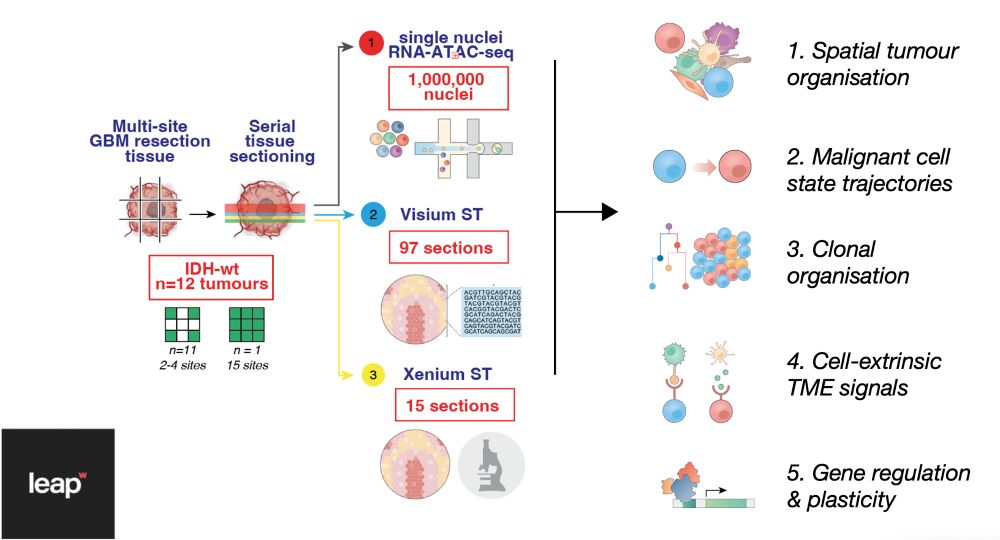
@sangerinstitute.bsky.social Neural diversity, spatial transcriptomics, glia, GBM
1) Thalamus is a brain region essential for sensory processing and social cognition. It is deeply & reciprocally connected with the cortex, where information from your senses is relayed to the cortex through the thalamus.
1) Thalamus is a brain region essential for sensory processing and social cognition. It is deeply & reciprocally connected with the cortex, where information from your senses is relayed to the cortex through the thalamus.



Explore the data interactively (>10 million cells spatially mapped across the developing human brain): www.stageatlas.org

Explore the data interactively (>10 million cells spatially mapped across the developing human brain): www.stageatlas.org


